Tõnis Arjus gives the streets back to pedestrians
For the last three years, Car-Free Avenue has been a part of the summer in Tartu. What are the complexities and biggest challenges (involving and considering different stakeholders, security, politics, and budget) when organising such events?
The Car-Free Avenue was primarily a project born out of a desire to get people thinking about what the city's central street space could be like. And at the same time, test the specific location to see if the design change and new activities would bring new life into the place and attract people. The biggest challenge for a project like this is to build a cross-disciplinary team. Urban space is such a complex mix that changing it requires the cooperation (not just involvement) of many different parties. This was also key to the success of the project. The team was formed of people from several departments and agencies who supported each other, both substantively and morally. Also, the budgetary capacity of the project was built on the cooperation of different entities.
What impact have you personally perceived, heard from others or seen from the statistics of similar projects? Do they have a real impact on changing the behaviour of citizens?
The point of Car-Free Avenue was a radical change in the way space had been used up until now, something that clearly provoked (at least initially) a lot of backlashes. It is also something that the car-free project helped us understand very well. The biggest discussion about the necessity and rationality of the project took place before the opening event. There was a lot of scepticism, but as soon as the events got underway and people were able to experience a new way of using space, the public discussion changed course. By the end of the first year, there were more complaining about why it had only lasted a month and looking forward to the next year.
However, with a project like this, it is not just about the short-term immediate change. It is quite clear that as we talk and think more and more about how to use the city more wisely and live healthier lives, it will have a long-term impact on our everyday attitudes. When a famous singer shouts at the end of the concert: "Do you like the car-free night?" and the crowd answers: "Yes!" – the connection between emotion and words is stored somewhere and gradually influences our daily habits for the days to come.
When will we reach permanently car-free streets, neighbourhoods or cities in Estonia? What change should take place in our mindset or habits, and also in urban planning?
Personally, I think that Car-Free Avenue (in Estonian “Autovabaduse puiestee”) is an ideal project name. But if we really think about the urban space of the future, I would rather use another term than a car-free city. The point is that no technological tool is bad in itself, but rather the problem is when the tools designed for a particular purpose are used in the wrong place or too much.
In the case of mobility, too, we are more likely to see that the problem is the imbalance because urban planning practice over the last hundred years has made cars the dominant way of transport. Resulting in global emission problems and affecting our daily living environment by bringing health problems, air and noise pollution, and also increasing our dependence on increasingly expensive resources. So, if we are to live in a truly sustainable way and cope with the challenging conditions that the future will undoubtedly bring, we need to get the balance right in our cities too. Above all, by ensuring safe opportunities for self-drive, fuel-free mobility, and public transport.

_block.png)